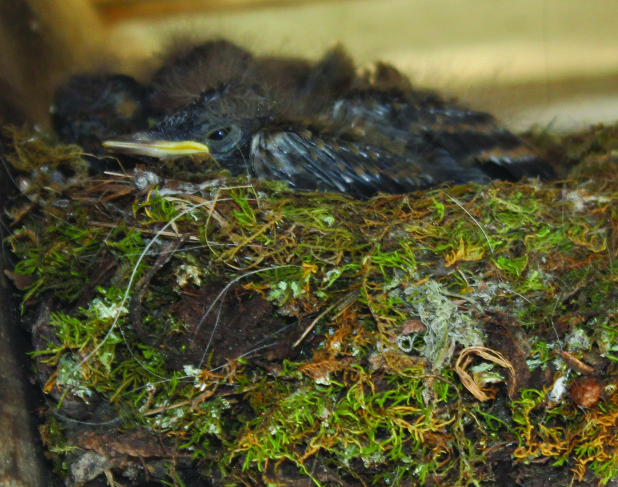Archive » Commentary
Prehistoric windows
August 4, 2015

By Nate Smelle
IT’S MONDAY MORNING AND most of the rockhounds occupying the mineral capital of Canada this past weekend for the 52nd annual Rockhound Gemboree packed up their hammers and chisels and are already en route to their next dig. Now as the cleanup begins, so does the planning process for the 53rd annual Gemboree in 2016.
Reporting on this event each of the last four years I have come to appreciate the Gemboree in many different ways. On one occasion my appreciation grew after getting my hands dirty while searching for semi-precious stones at the Bear Lake Diggings site. Another year I remember feeling inspired after speaking with a healthy variety of experts, vendors and visitors from around the world while shopping for treasures in and outside the arena and the Bancroft Curling Club. Each year though there is something different about the event that strikes me as special. This year, like the last three was no different.
Taking part in The Fossil Guy, Bob O’Donnell’s workshop on Saturday afternoon at the Bancroft Curling Club was the defining moment of this year’s event for me. His passion for fossils and all things prehistoric was obvious as he enthusiastically provided the audience of all ages with an education regarding: what fossils are, how they are made and what they have to teach us.
After his PowerPoint presentation O’Donnell answered questions from the group and then invited everyone up for a close look at his fossil collection. With fossils on display such as: a 110 million-year-old Vinctifer Fish, a pair of un-hatched Hadrosaur eggs and the tooth from the gigantic prehistoric shark known as the Megalodon, the children weren’t the only ones in the room with their jaws on the floor in amazement. Speaking with O’Donnell afterwards his passion for fossils and dinosaurs was infectious.
Every time he revealed and described another fossil in his collection the crowd around him would gasp in astonishment.
Soon after his presentation I found myself snorkeling in Bay Lake admiring the porous stone along its shores as I searched for a few fossilized pieces of the local puzzle.
Preserved in pockets of prehistoric sediment beneath us are not just the remnants of animals and plants long expired; also preserved in nature’s death bed is the story of how they lived. Fossils provide us with insight into how life on this planet lived and evolved before the birth of humanity. These stories left behind in stone, sand and sediment were scribed by nature without the influence of the human hand or mind. Chipping away at the layers and brushing aside the dust that has covered up these windows to the past, we find a portrait of a piece of ourselves. By studying fossils we also find a very important chapter in the history of our own species…the first one.

















